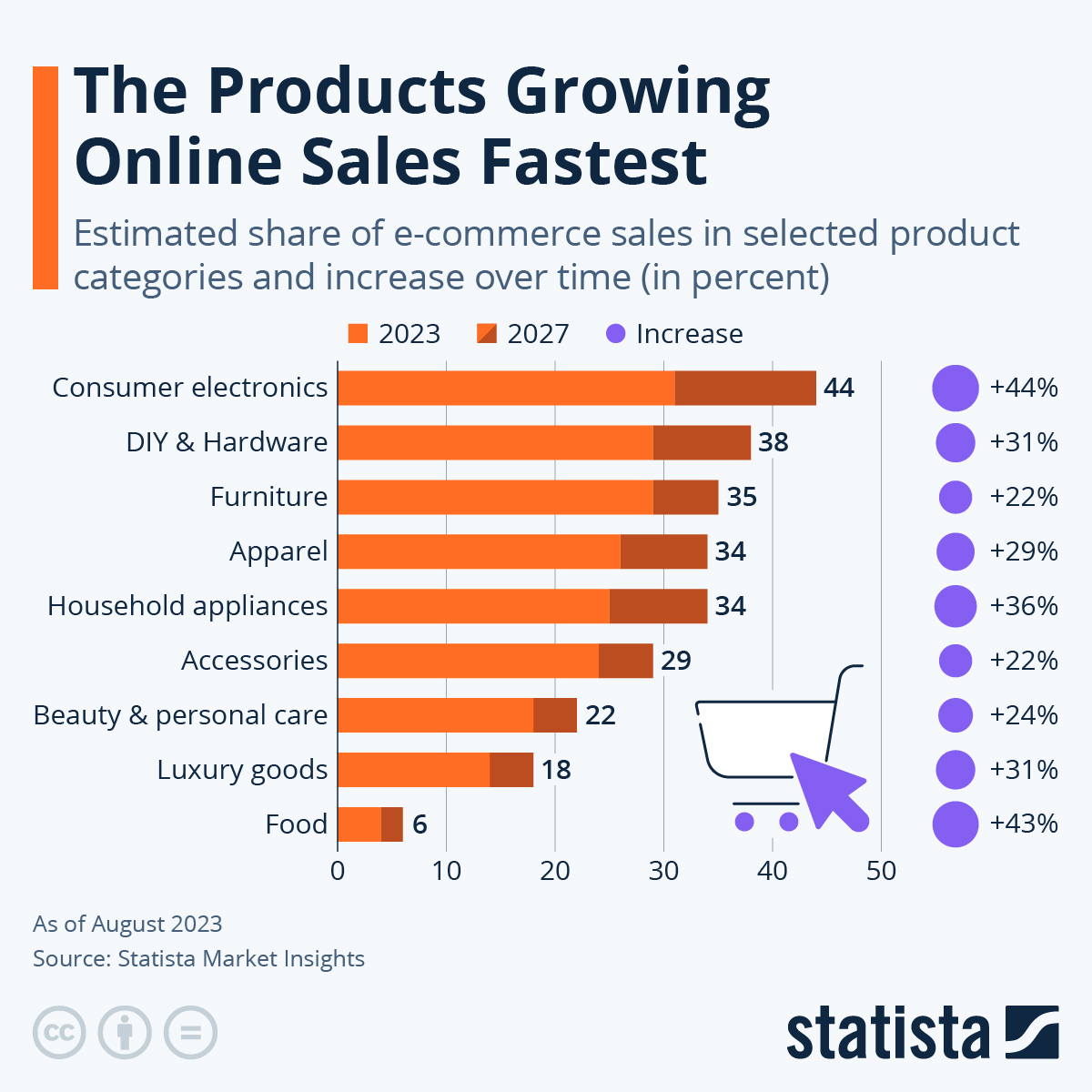Is This Product Currently In Stock? This seemingly simple question reveals a wealth of information about customer behavior and website design. The urgency behind the query can range from mild curiosity to desperate need, impacting purchasing decisions and brand perception. Understanding the nuances of this question is crucial for e-commerce success, affecting everything from website interface design to customer service strategies.
From the simple “in stock” or “out of stock” label to sophisticated quantity selectors and estimated delivery dates, website implementations vary greatly. Poorly designed interfaces can lead to customer frustration and lost sales, while clear and concise messaging builds trust and encourages purchases. This article explores best practices for displaying product availability, managing customer expectations, and handling inevitable stock discrepancies.
Understanding Customer Intent
The simple question “Is this product currently in stock?” reveals a complex interplay of customer needs and emotional states. Understanding these nuances is crucial for optimizing e-commerce experiences and improving customer satisfaction.
Reasons Behind the Inquiry
Customers ask about stock availability for a variety of reasons, ranging from immediate need to cautious planning. They might be making an urgent purchase, seeking a specific item for a time-sensitive event, or simply wanting to ensure the product is readily available before committing to a purchase. Conversely, they may be planning a future purchase and want to gauge availability to determine their timeline.
Associated Emotional States
The question often carries an underlying emotional weight. Urgency is common, especially for time-sensitive purchases like gifts or essential items. Frustration might arise if the customer has already spent time browsing and comparing products, only to find uncertainty about availability. Conversely, finding an item in stock can elicit excitement and relief.
Customer Scenarios, Is This Product Currently In Stock?
- A customer needs a replacement part for a broken appliance and wants to ensure immediate availability.
- A shopper is buying a gift for a birthday and needs to confirm the item will arrive on time.
- A customer is planning a home renovation project and wants to check the availability of key materials before finalizing the design.
Website Implementations of Stock Information: Is This Product Currently In Stock?
E-commerce websites employ various methods to communicate product availability. The clarity and effectiveness of these methods significantly impact the customer experience. A well-designed system reduces uncertainty and improves conversion rates.
Methods of Displaying Stock Information
Common methods include simple “In Stock” / “Out of Stock” labels, quantity selectors that allow customers to specify the desired number of units (and show real-time availability based on that selection), and estimated delivery dates. Each method has its strengths and weaknesses.
User Interface Design for Stock Information

Source: statcdn.com
An ideal user interface for displaying stock information should be unambiguous and visually prominent. The stock status should be clearly visible near the “Add to Cart” button, using consistent color-coding (e.g., green for in-stock, red for out-of-stock). Quantity selectors should provide immediate feedback, showing updated availability as the customer adjusts the quantity.
Comparison of Stock Display Methods
| Product Name | Stock Status Display Method | Advantages | Disadvantages |
|---|---|---|---|
| Widget X | Simple In Stock/Out of Stock Label | Simple, easy to understand. | Doesn’t provide information on quantity. |
| Gadget Y | Quantity Selector with Real-time Availability | Shows exact availability, allows for quantity adjustment. | Can be more complex to implement. |
| Device Z | Estimated Delivery Date | Provides information even when out of stock, manages expectations. | Requires accurate inventory and shipping data. |
Impact of Out-of-Stock Messages
The wording and clarity of out-of-stock messages significantly influence customer perception and behavior. Poorly crafted messages can lead to frustration and lost sales, while well-designed messages can mitigate negative impacts and even create opportunities.
Negative Consequences of Poor Out-of-Stock Messages
Vague or unhelpful messages can leave customers feeling uncertain and dissatisfied. Lack of information about expected restocking dates can lead to customers abandoning their purchase attempts. A generic “Out of Stock” message without further explanation provides a poor customer experience.
Strategies for Managing Customer Expectations
Effective strategies involve providing clear and concise information about the product’s unavailability. Include an estimated restocking date (if available), suggest alternative products, or offer the option to receive a notification when the product becomes available again. Transparency is key.
Examples of Out-of-Stock Messages
A negative example: “Currently Unavailable.” A positive example: “Temporarily Out of Stock – Expected back in stock on October 27th. Sign up for email notifications to be alerted when it’s available!”
Alternative Phrasings and Related Queries
Customers may express their interest in product availability using various phrasings and related questions. Understanding these alternative expressions is crucial for accurate search and information retrieval.
Alternative Phrasings and Related Queries
- Do you have this in stock?
- Is this item available?
- When will this be back in stock?
- How many are left?
- Product availability
- Check stock
- In stock?
Visual Representation of Stock Information
Visual cues can significantly enhance the understanding of stock status. A well-designed visual representation can quickly communicate availability without requiring the customer to read lengthy text.
Concerns about product availability are common, prompting the question: Is this product currently in stock? Checking local inventory often requires additional research, and sometimes even involves reviewing unrelated news sources like the lima news obits lima ohio section, depending on your search. Ultimately, confirming stock levels requires contacting the retailer directly to ensure a timely purchase.
Design Considerations for Visual Stock Indicators
Color-coding is a highly effective method. Green for in-stock, yellow for low stock, and red for out-of-stock are common and intuitive choices. Progress bars can also be used to visually represent the remaining quantity, providing a more nuanced understanding of stock levels. Animations can be incorporated to indicate real-time updates.
Design Concept for a Visual Stock Indicator
Imagine a small circular indicator next to the “Add to Cart” button. It would be green and filled if the product is in stock. As the stock level decreases, the green circle would gradually transition to yellow, then red, indicating low stock and finally out-of-stock. A subtle animation could show the circle updating in real-time as purchases are made.
Handling Stock Discrepancies and Errors
Maintaining accurate stock information is crucial for avoiding customer dissatisfaction. A robust system for handling discrepancies between website information and actual inventory is essential for maintaining trust and credibility.
Strategies for Dealing with Stock Inaccuracies
Regular reconciliation of website inventory data with physical inventory is necessary. Automated systems can help reduce errors. If a discrepancy is detected, it’s important to correct the website information immediately. Customers should be promptly notified if their order is affected.
Communicating with Customers About Stock Errors
Transparency is key. If a stock error occurs, promptly contact the affected customer and explain the situation. Offer sincere apologies and provide a solution, such as a refund, a replacement product, or a revised delivery date. Proactive communication can prevent negative reviews and maintain customer loyalty.
Procedure for Resolving Stock Discrepancies

Source: akamaized.net
A clear procedure should be established for investigating and resolving discrepancies. This involves comparing website inventory with physical counts, identifying the source of the error (e.g., data entry mistake, system glitch), correcting the inventory data, and updating the website information. A record of each discrepancy and its resolution should be kept for tracking and analysis.
End of Discussion
Ultimately, effectively answering “Is This Product Currently In Stock?” is about more than just providing a yes or no answer. It’s about creating a seamless and transparent customer experience that fosters trust and encourages sales. By prioritizing clear communication, intuitive website design, and proactive error handling, businesses can turn a potentially frustrating interaction into a positive one, strengthening customer relationships and driving revenue.
